Not only is the province bordered by the sea on three sides with 254 km of coastline and a sea area of up to 80,000 km², Ca Mau is confidently positioning itself for a new role: Becoming an important marine economic center of the Mekong Delta and the whole country. The strategic position on the national and international maritime route opens up a wide horizon for Ca Mau with maritime transport, logistics services, renewable energy and sea and island tourism.
What foundation does Ca Mau have to reach out to the ocean?
It is no coincidence that Ca Mau is considered the "aquaculture capital" of the country. With about 300,000 hectares of shrimp farming, the output in 2024 will reach 647,000 tons - of which farmed shrimp accounts for 252,000 tons, the province will bring in an export turnover of 1.119 billion USD. This is the fundamental resource for Ca Mau to develop deep processing industry, cold logistics and fisheries logistics services.

Ca Mau is considered the "aquaculture capital" of the country.
In parallel, the province also possesses offshore wind power potential of more than 8.5 GW, one of the areas with the most stable wind in Vietnam. Along with the unique marine island ecosystem such as Hon Khoai, Hon Chuoi, Hon Da Bac, combined with two large National Parks - Mui Ca Mau and U Minh Ha, Ca Mau is holding in its hands a rare advantage to develop eco -tourism , sea resorts, and integrated forest-sea exploration tourism.
Implementing the spirit of Resolution 36-NQ/TW on the strategy for sustainable development of Vietnam's marine economy, Ca Mau has proactively issued many synchronous and drastic action programs. The most prominent project is the Hon Khoai dual-use general port, scheduled to start construction on August 19, 2025. This will be the largest deep-water port in the Mekong Delta, capable of receiving ships with a capacity of up to 250,000 tons.
When completed, Hon Khoai port will connect the island cluster with the mainland, creating a complete sea-land logistics axis, making Ca Mau an international freight transit point and an important maritime service center in the Southwest region.
Infrastructure breakthroughs, green energy and fisheries logistics
In the documents of the Ca Mau Provincial Party Congress for the 2025-2030 term, the marine economy is identified as one of the most important pillars, guiding the entire development strategy of the province in the coming period. On that basis, Ca Mau sets out a series of key tasks, first of all, completing the seaport infrastructure system and connecting traffic.
The province prioritizes the construction of Hon Khoai Port according to a modern, dual-use model, while simultaneously forming fishing logistics centers in Hon Khoai, Hon Chuoi and Hon Da Bac, closely linked to the fishing port system and storm shelter anchorage area. When the Can Tho - Ca Mau - Dat Mui expressway is completed, this connection chain will become complete, helping goods from the sea and islands quickly access the national and international transport network.

The 1st Congress of the Ca Mau Provincial Party Committee, term 2025 - 2030.
Along with port infrastructure, the province aims to promote the development of renewable energy and green marine industry. By 2030, Ca Mau expects to attract about 16,000 MW of renewable energy, of which offshore wind power is the mainstay, aiming to form a clean energy supply center of ASEAN. Wind power projects are also oriented to combine with coastal eco-tourism, creating a green - circular economic model, bringing long-term sustainable value.
In the field of marine farming and seafood export, the province aims to expand the farming of lobsters, pomfret, and mollusks in coastal and island areas, aiming to increase seafood export turnover to 1.5 billion USD per year by 2030. The production ecosystem will be organized according to the "farming - processing - exporting" chain applying high technology, meeting the requirements of traceability and green standards of the international market.
Along with key marine economic sectors, sea and island tourism and the cultural identity of the southernmost part of the country are also considered outstanding advantages that help Ca Mau create its own mark on the tourism map.
The province is focusing on planning and developing strategic destinations such as Ca Mau Cape, Thi Tuong Lagoon, Hon Khoai and Hon Da Bac; at the same time, expanding sea tourism routes connecting Kien Giang and Ho Chi Minh City in a modern and sustainable direction.
On that foundation, Ca Mau strongly exploits indigenous cultural values - from folk festivals, river culture to forest and sea cuisine to form a distinct tourism brand.

Ca Mau shrimp symbol.
The determination to develop the marine economy while protecting the environment is clearly demonstrated in the province’s commitment to sustainable development. Ca Mau will expand the marine protected area to 53,600 hectares, deploy artificial coral reef clusters to restore the ecosystem and protect aquatic resources, and tighten management of resource exploitation to end overfishing. In addition, the province promotes regional connectivity through the Southwestern marine economic corridor and strengthens international cooperation, creating a foundation for long-term development.
With those strategic orientations, the ultimate goal that Ca Mau aims for is to become a clean power transmission center, a high-tech aquaculture center and a leading marine eco-tourism destination in ASEAN - a position worthy of the potential and advantages of the southernmost land of the Fatherland.
Facing climate change, rising sea levels and the increasingly strong demand for energy conversion in the world, Ca Mau has chosen a steadfast direction: Developing a green - sustainable - deeply integrated marine economy. With its strategic position, diverse marine ecosystems, outstanding aquatic resources and key projects such as Hon Khoai Port, Ca Mau is gradually realizing its aspiration to reach far and wide on the ocean.
From the land at the end of the Fatherland, a new marine economic center is taking shape. And that journey is being shaped by the determination, vision and aspiration to get rich from the sea of the people of Ca Mau.
Source: https://vtcnews.vn/ca-mau-but-pha-kinh-te-bien-huong-toi-trung-tam-ar985924.html



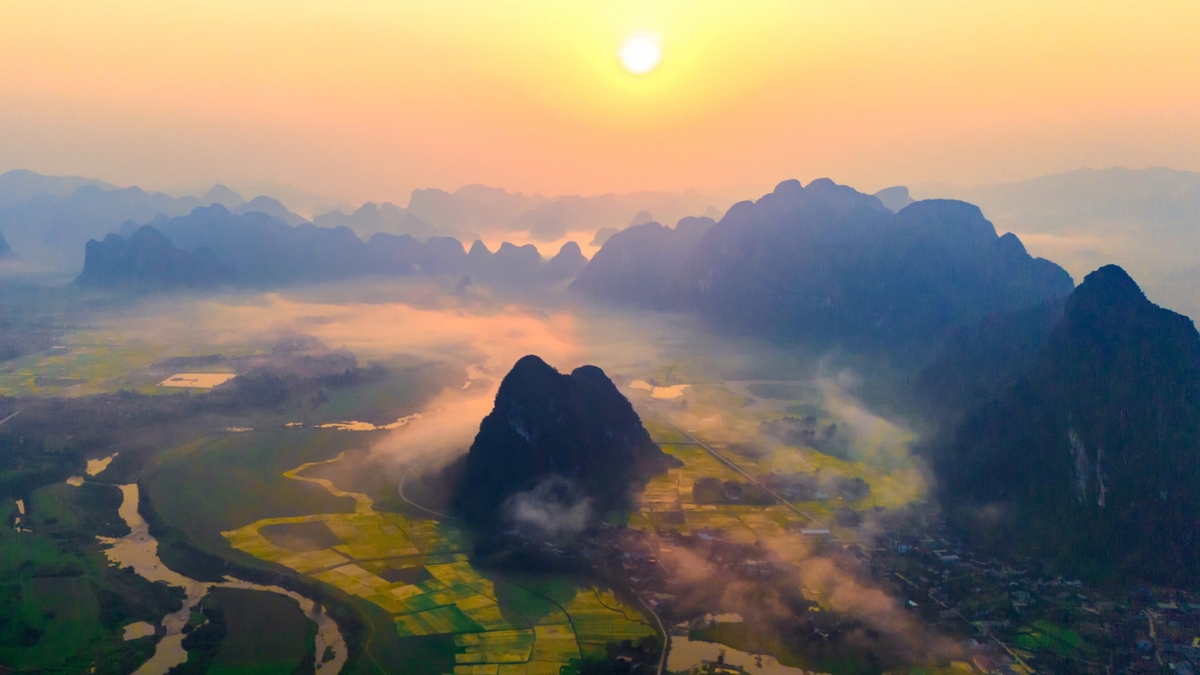






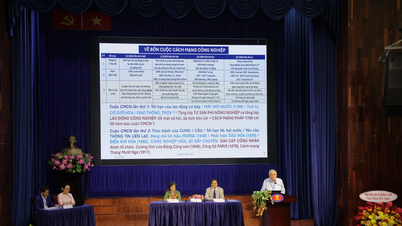



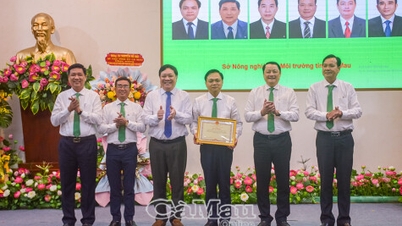









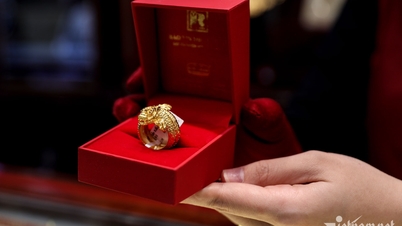
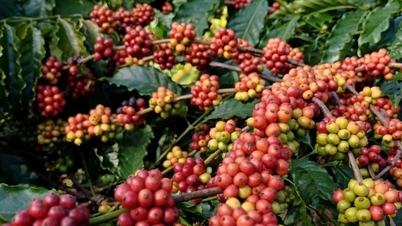








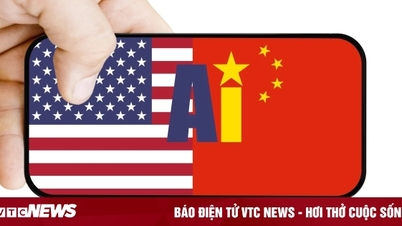













![[Video] Hue Monuments reopen to welcome visitors](https://vphoto.vietnam.vn/thumb/402x226/vietnam/resource/IMAGE/2025/11/05/1762301089171_dung01-05-43-09still013-jpg.webp)




































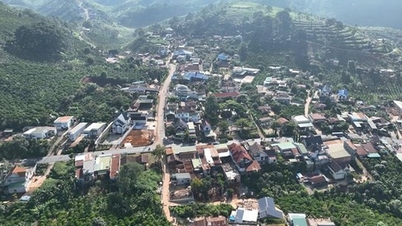

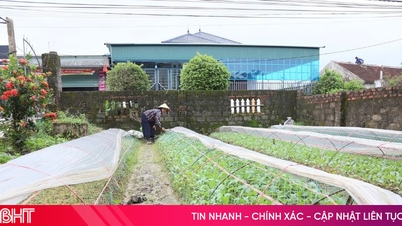



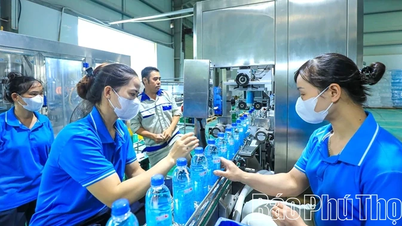







![Dong Nai OCOP transition: [Part 2] Opening new distribution channel](https://vphoto.vietnam.vn/thumb/402x226/vietnam/resource/IMAGE/2025/11/09/1762655780766_4613-anh-1_20240803100041-nongnghiep-154608.jpeg)











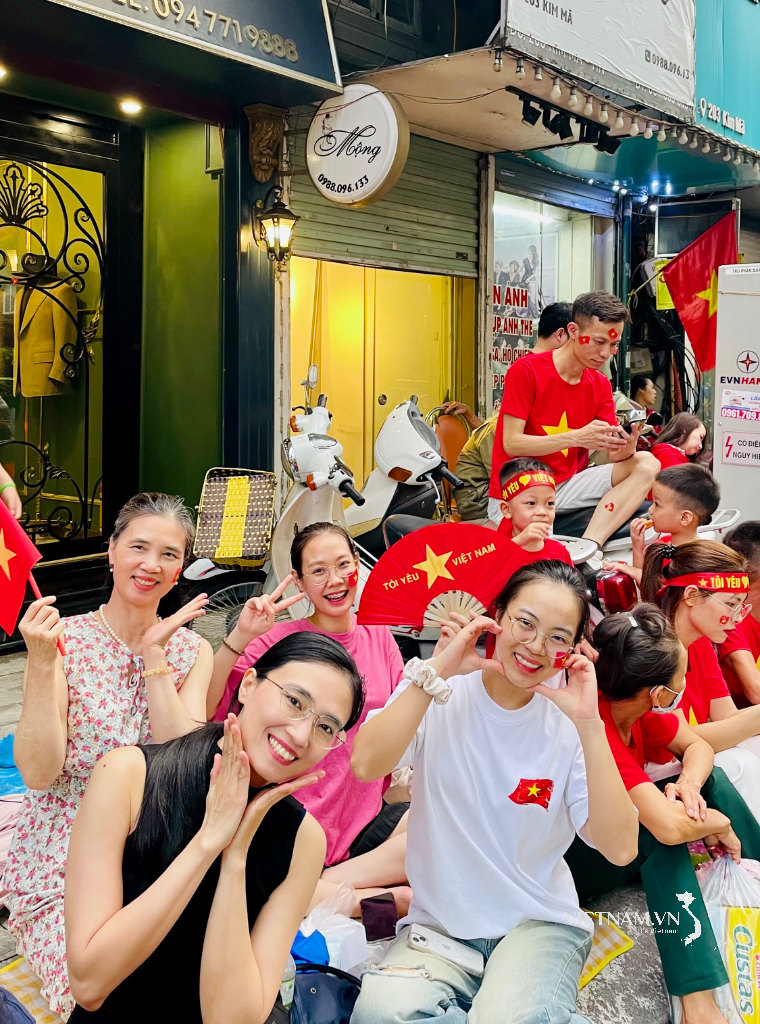

Comment (0)